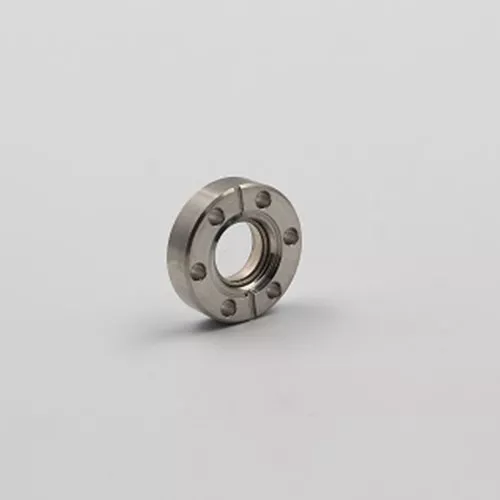When you’re working with vacuum systems—or anything under high pressure—you don’t get many second chances. The materials you choose have to do their job. Every time. No leaks, no cracks, no clouding up when the heat gets high or the chemicals get mean. That’s where sapphire viewports come in.
Now, let’s take a step back for a second.
A viewport, in simple terms, is a window. But not just any window. It’s a piece of precision-engineered material that lets you see what’s happening inside a sealed system—without letting anything in or out. Air, moisture, particles—none of it gets through. That’s the whole point.
And sapphire? It’s not just a fancy crystal. It’s tough. It’s clear. It stands up to things most materials can’t. We’re talking about a material that’s second only to diamond when it comes to hardness. That means it can handle scratches, impacts, and high-pressure differentials—no sweat.

In a vacuum environment, pressure is not simply low; in fact, it is almost zero. While this may sound calming, it is in fact incredibly harsh on materials. Viewports, for example, must be precise in how they’re constructed, otherwise they won’t work. And that is the reason sapphire viewports are used in ultra-high vacuum systems throughout the world. From semiconductor fabrication plants, to particle accelerators and even fusion research labs. Literally anywhere.
They don’t just survive—they perform.
Let me paint a picture. You’ve got a high-vacuum chamber running at 10^-9 torr. Maybe you’ve got lasers going in, sensors reading signals, or just a good old-fashioned camera peering through. That viewport has to transmit light without distorting it. It also has to keep the vacuum sealed tight. And maybe it’s getting blasted by plasma or hit with thermal cycling that would crack lesser materials.
A standard glass window would be toast in minutes. But a sapphire viewport? It keeps going.
Same goes for high-pressure setups. Think of reactors or high-temperature furnaces. Pressure builds. Temperatures spike. Again, sapphire’s thermal stability and compressive strength step up to the plate. It doesn’t fog, craze, or weaken. And when you metallize it and seal it to a stainless steel flange? Now you’ve got something rugged. Reliable. Ready for anything.
We see these in use across industries—science, aerospace, energy, even advanced manufacturing. But no matter the use, the story’s the same: sapphire viewports offer clarity where others would fail.
So if you’re building a system that needs a reliable eye into a harsh environment, don’t overlook this little window. Sapphire viewports might be small. But they do big work.